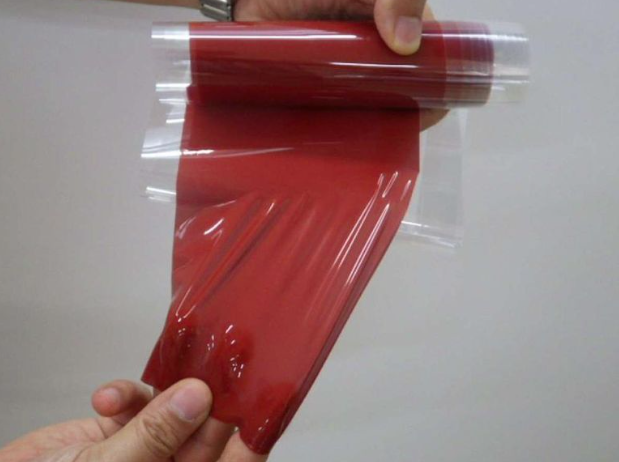Ricoh Flexes Its Muscle With New “Energy Generating Rubber”

Ricoh—the Japan-based global company specializing in enhancing the way people and technology interact—has announced a breakthrough in piezoelectric materials that they describe as “Energy-Generating Rubber.”
The standard piezoelectric materials currently used are ceramics and polymers, however the new rubber alternative offers a combination of the most desirable qualities of each. Due to the unique characteristics of this material, the expectation is that it will be applied to multiple areas that would benefit from a material that is both flexible and produces a high-energy output.

The versatility of this new material makes it an excellent candidate for a variety of commercial applications.
Ceramic and polymer piezoelectric components are generally selected for either flexibility or efficiency. While ceramic is considered an efficient conductor of electricity, it is limited to applications where its fragility and weight will not be a hindrance. Also to its detriment, piezoelectric ceramics often contain lead, which is toxic and environmentally damaging. Polymer based piezoelectric materials demonstrate significant durability but do not have the efficient conversion of vibration to energy exhibited by less durable ceramic counterparts.
All piezoelectric materials utilize mechanical strain, such as vibration or pressure sensors, to generate electricity. This “Energy-Generating Rubber” offers the most desirable qualities of both ceramic and polymer, generating high levels of efficient energy transfer while remaining soft and flexible. The versatility of this new material makes it an excellent candidate for a variety of commercial applications.
Ricoh coordinated with a team from Tokyo University of Science, led by Associate Professor Takahiro Yamamoto, to study the substance at a molecular level and further investigate potential uses for this adaptable new resource.
As we enter the age of the “internet of things,” the need for flexible sensors and efficient energy-harvesting materials is becoming increasingly important. Technology is integrated into nearly every facet of personal life, and, though the innovative new material was only recently announced, speculation for potential usage is nearly limitless. While details on the composition and specifications of this material have yet to be released, it takes little imagination to see a promising future for “Energy-Generating Rubber” in personal communication, energy-efficient transportation, medical technology, and more.
